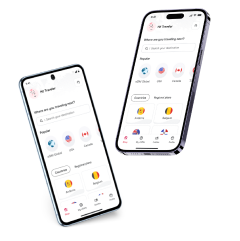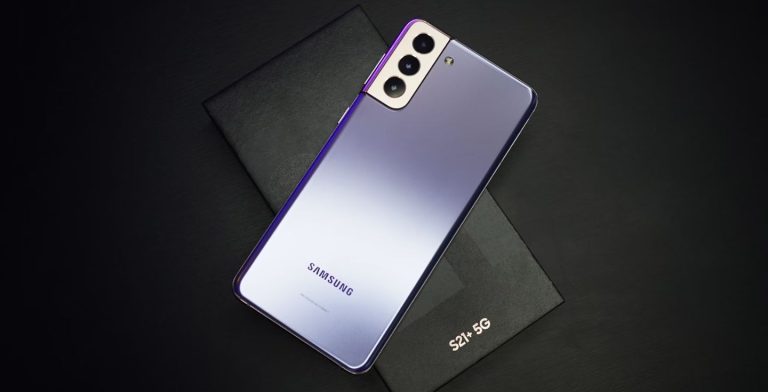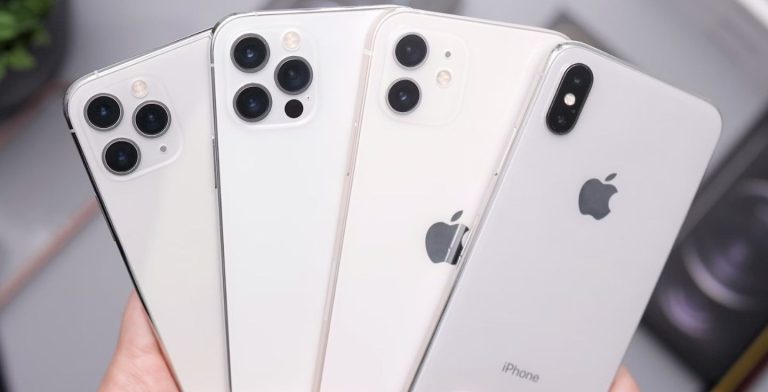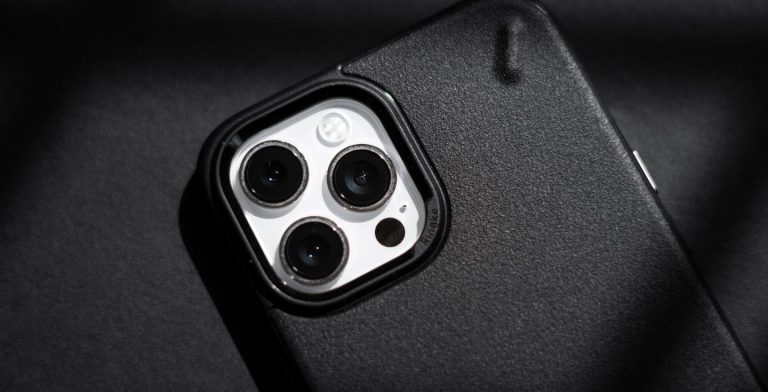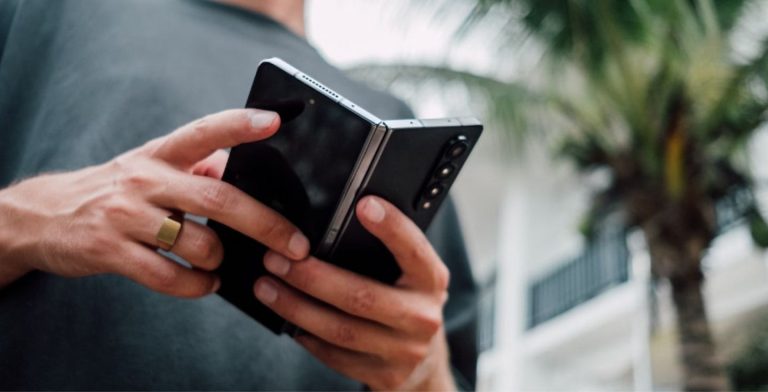Does the iPhone 15 have SIM card, or is it eSIM-Only?
Learn about the eSIM and SIM card in the iPhone 15 and some extra reports about the release date, USB-C port, and more.
Apple shocked the world with the iPhone 14 models A2650, A2651, A2649, and A2632, which began selling in the United States without a physical SIM tray and can only be activated with AT&T, T-Mobile, and Verizon. As a result of this change, we wonder: Does the iPhone 15 have SIM card, or is it eSIM-Only?
Is it the same as the iPhone 14 models? What other international markets are joining this Apple innovation? In this post, we will share all the information about this important change and its impact on how the eSIM works on iPhone 15.

What is eSIM?
If you are new to the world of eSIM technology, don’t worry, we will give you a summary below. The eSIM refers to the evolution of the SIM card that you conventionally use on your cellphone.
In fact, it has the same features, only it no longer needs a plastic chip, and that is why the iPhone 14, without a slot for a physical SIM card, has caused such a stir in the cellular device market in the telecommunications industry.
As an important fact, you should know that eSIM technology is still incompatible with many providers worldwide and not in certain countries.
Does the iPhone 15 have a physical SIM card, or does it work with eSIM only?
The iPhone 15 works only with eSIM in the United States and Puerto Rico. The models with SIM card and eSIM work the same as the iPhone 14, having eSIM only in countries where it is easier for the user to access one.
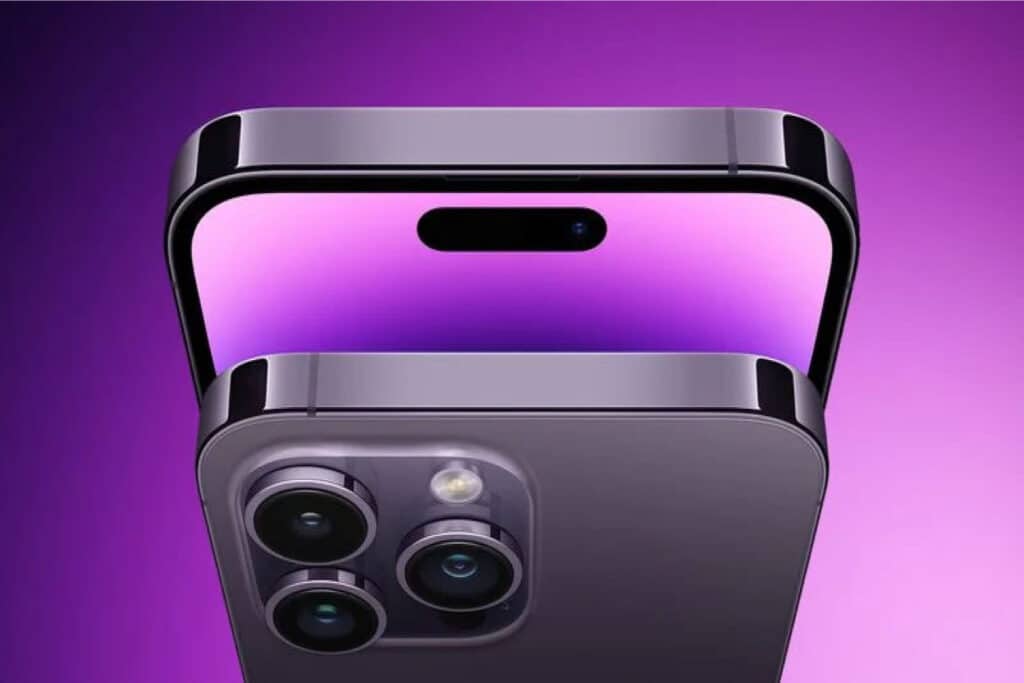
Undoubtedly, this brings several changes in the way cell phones work. Now, users can install eight or more eSIM profiles on the same iPhone and use up to two phone numbers simultaneously.
On the other hand, the eSIM carrier activation would also change. Until now, when an iPhone is purchased through a cellular provider, they initially set up whether the device is unlocked to activate plans from domestic or foreign operators.
If these mainstream restrictions from carriers are not relaxed, eSIM connectivity would be affected, as it’s incompatible with the cellular networks of other operators. As it happens when users visit international destinations and need data, eSIM to look up tourist hotspots, check your flight tickets, and much more.
It may interest you: How does eSIM work on iPhone 14?
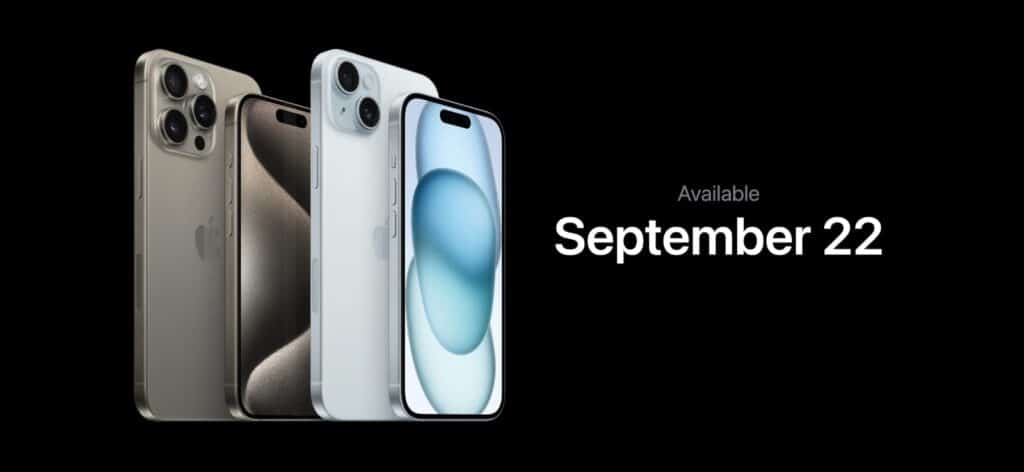
Does the iPhone 15 arrive only with eSIM in Europe?
No, in Europe, the iPhone 15 models have dual SIM with physical SIM and eSIM. The eSIM on the iPhone 15 works the same as on the iPhone 14.
How does the eSIM work?
Since the iPhone 15 arrives with only eSIM in the USA, it works like the iPhone 14. So you will see that it does not have a SIM card slot, and you will have to contact your local operator to exchange your SIM card for an eSIM. Or if you already have an eSIM, you will be able to transfer your eSIM from your current mobile to the iPhone 15 with ‘Quick transfer.‘
What are the advantages and disadvantages of iPhones that only support eSIM?
Apple has been very emphatic about the advantages of standardizing the use of cell phones with eSIM:
- Remove space from the SIM card tray
- Better security in case of theft or loss of device
- Stop carrying and exchanging physical SIM cards
- Save time waiting to receive a plastic chip
- Advance purchase of data plans to other destinations
- Storage of eight or more eSIM profiles
- On unlocked iPhones, you can use eSIM plans from different carriers
- Digital management of the eSIM by the operator
- Prepaid or postpaid plans for eSIM
- On compatible iPhones, you can use dual eSIM
- Customize the use of each eSIM
- Eliminate the use of plastic chips
- Maintain previous services such as iMessage even when using an eSIM
On the other hand, we also have some disadvantages for the iPhones with eSIM only:
Not all local carriers have eSIM service, so if you buy an eSIM-only iPhone abroad and no cell carriers offer eSIM where you live, you won’t be able to use a local plan on your phone.
Providers that offer eSIM service for iPhone
When you buy an iPhone with an Apple-supported carrier, they can immediately assign you an eSIM digitally, or you can call them when you need an eSIM after setup. In this case, we invite you to review the list of carriers that support eSIM in the world. Below is a list of some local carriers that offer eSIM, though.
Vodafone, One, Orange, Movistar, T-Mobile, 2degrees, Pepephone, Yoigo, O2, Swisscom, Telenor, OneCall, Telia, Salt, Ooredoo, and EE, among others.
Holafly’s eSIM for Europe lets you connect to multiple providers as you move around the continent. You will have coverage in multiple countries with a single data plan.
Which countries don’t offer eSIM for iPhones?
Mainland China is one of those places where you won’t find eSIMs for iPhones.
Does the iPhone 15 have dual SIMs?
All the iPhones compatible with eSIM have Dual SIM, so the iPhone 15 is not the exception.
What can a dual eSIM iPhone be used for?
- Assign one line for work calls and the other for personal use
- You can keep your usual eSIM and activate the second eSIM with a local provider
- Choose if you want an eSIM for calls only and another for data only
- The eSIM is compatible with 5G technology.
- If you are traveling abroad, you can use one line for the International eSIM and the other for your local eSIM.
Will the SIM card disappear?
We can’t ignore that the end of the physical SIM card is getting closer. The iPhone 14 and iPhone 15 are versions that continue to surprise the world with the exclusive use of eSIM, and we will surely see more and more of this trend in different brands.
How to get an eSIM online for the iPhone 15?
There are several ways to get an eSIM online with international eSIM providers and local mobile operators. The best for you will depend on your needs. So, let’s look at the different ways to get an eSIM online.
Local Providers
If you are looking for an eSIM to use daily, purchasing one with a local eSIM provider is best. Currently, many mobile operators offer eSIM to their customers with local data plans, including voice calls and SMS. Many of them have unlimited data and affordable prices.
As mentioned, some operators with local eSIM are AT&T, T-Mobile, Vodafone, Orange, and Telstra. Almost all allow purchasing a local eSIM from their websites, but others only allow you to buy an eSIM directly from a physical store.
On the physical store, they will activate your eSIM in some minutes after the purchase.
International eSIM carriers
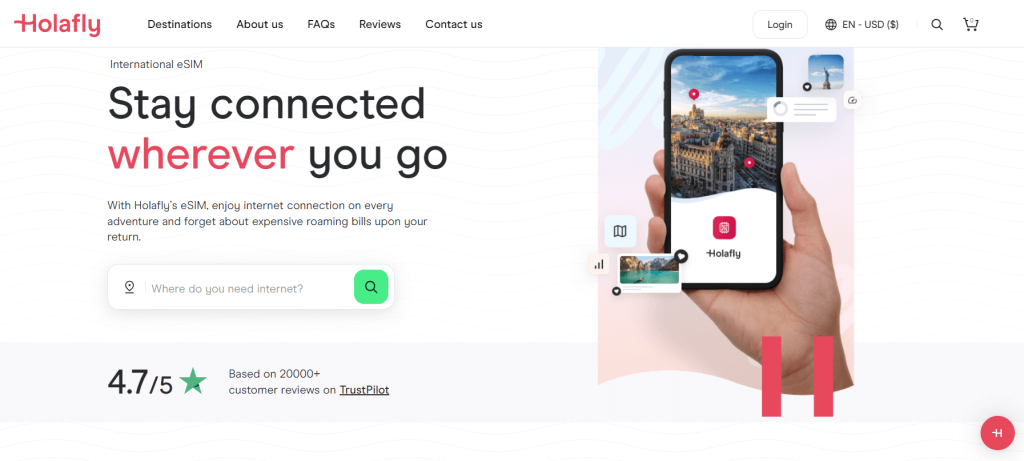
If you are a traveler in a foreign country and want an internet connection, this is the best option since many local carriers will ask you for documentation to acquire a local eSIM, and you may not have all the documentation or the time for the entire process.
So, if you are looking for an easy and fast way to get internet abroad, buying an eSIM from an international eSIM carrier is the easiest. Several providers in the market, such as Holafly, offer international eSIM data plans with unlimited data for destinations such as the eSIM for the USA, eSIM for Europe, eSIM for China with VPN, and much more.
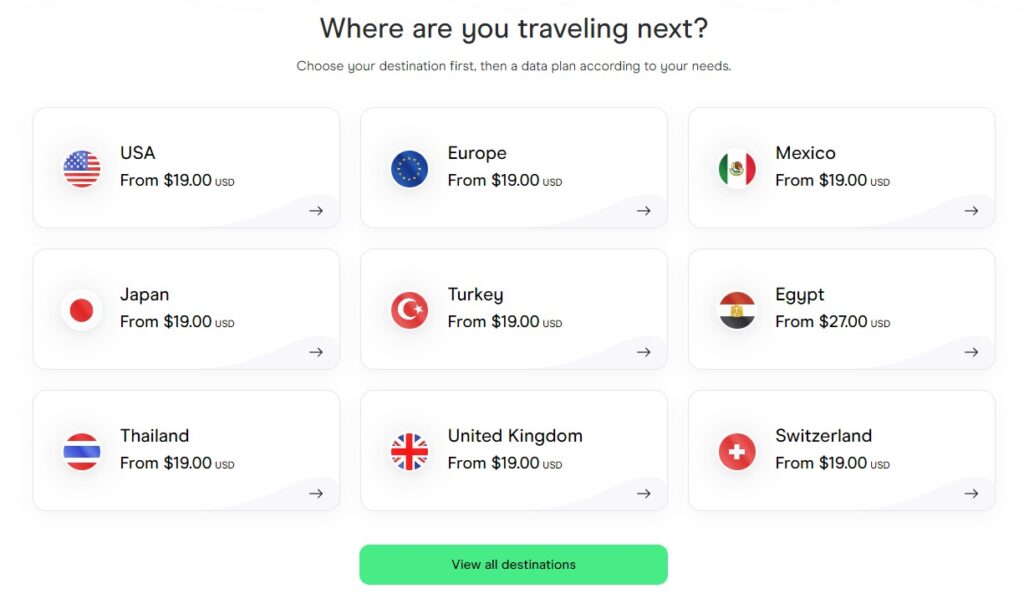
To get your eSIM for international travel, simply search the destination you are traveling for, pick the days and amount of data you want, pay, and that is all! In about 5 minutes, you will find your eSIM on your e-mail and Holafly app. These eSIMs include benefits such as:
- Unlimited data plans from five to 90 days for destinations such as the USA, Europe, Asia, etc.
- Coverage 4G/LTE/5G for many of your packages
- App to manage and buy eSIM
- In iOS 17.4 or higher, you can use the automatic installation function from the App
- Customer service 24/7 every day
- Website and customer service in multiple languages
- Connect as soon as you arrive
- Get a Virtual SIM anywhere, anytime. Even if you’re planning a trip from Australia to Europe, you can get your eSIM for Europe from Australia in just a few clicks.
>You might want to know how to set your iPhone to travel abroad<
FAQs about the iPhone 15
Yes, the iPhone 15 has a USB-C port.
The iPhone 15 will be released on September 22.














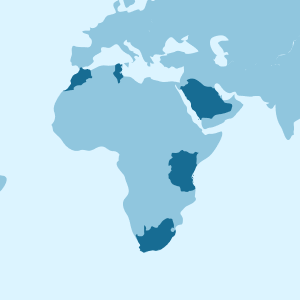








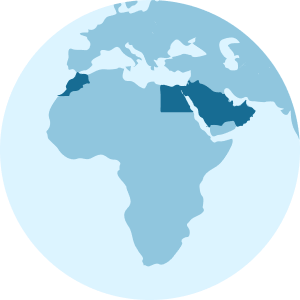






















 Pay
Pay  Language
Language  Currency
Currency 


















 No results found
No results found


